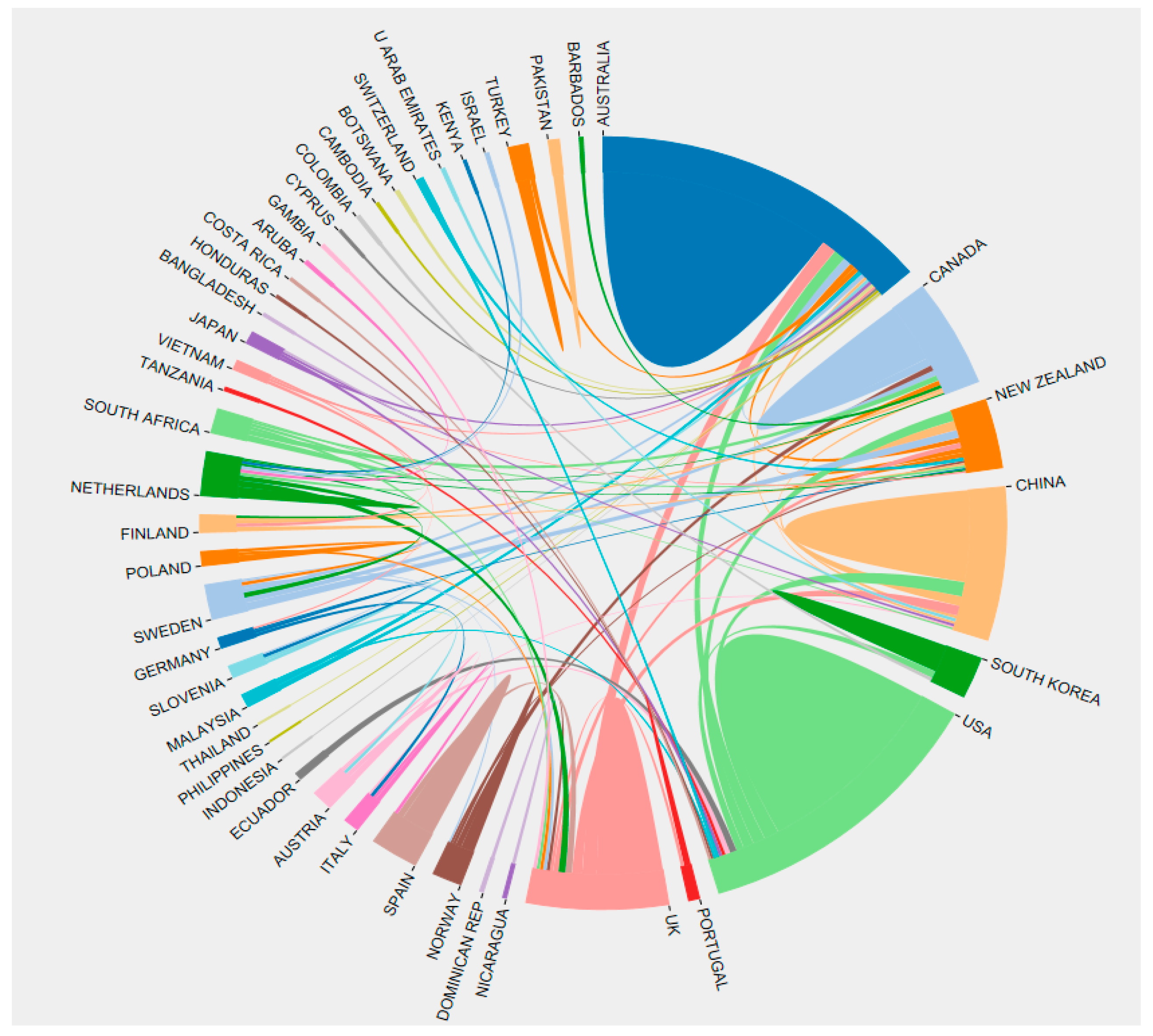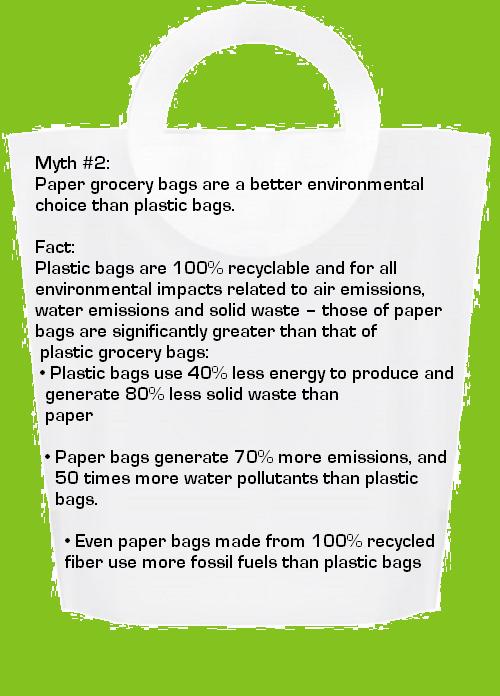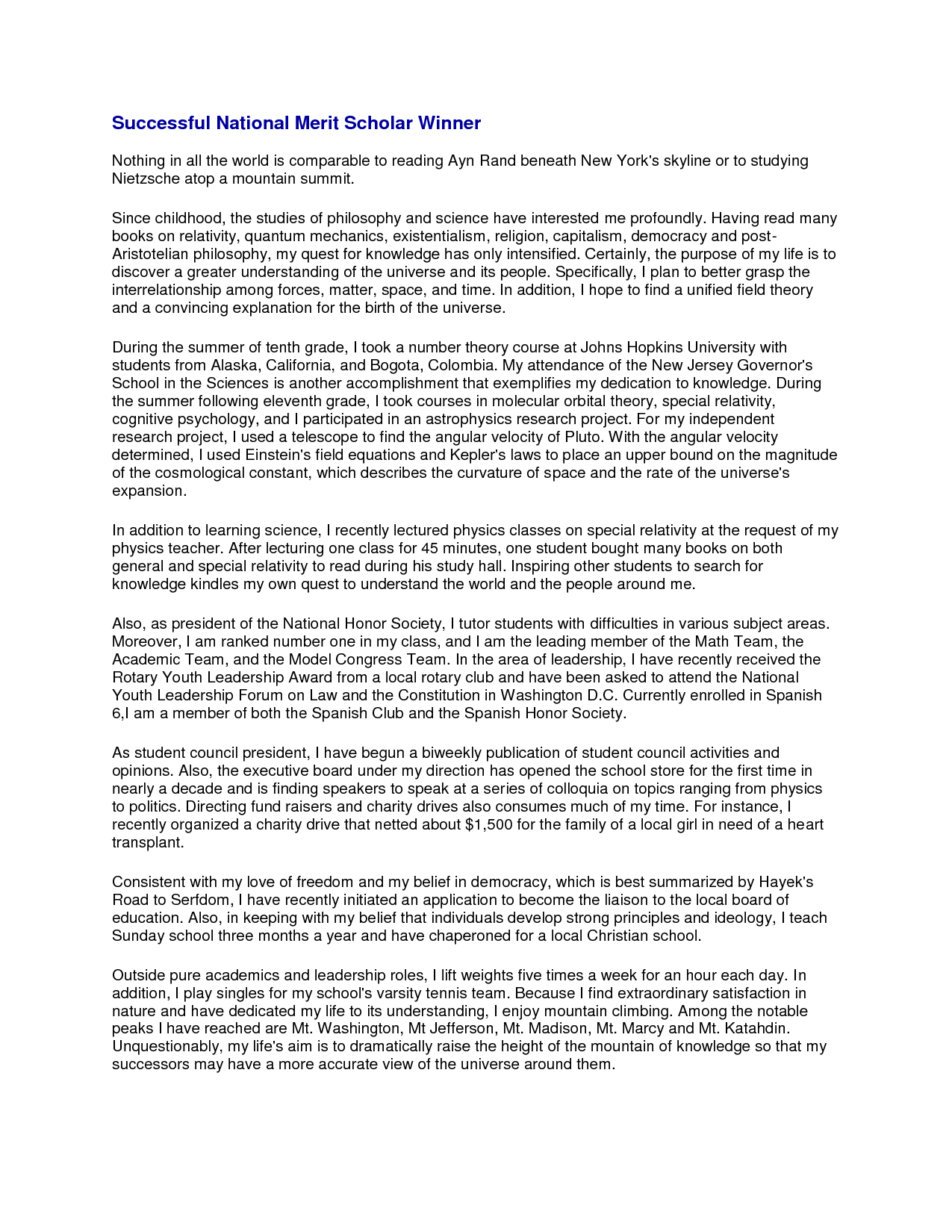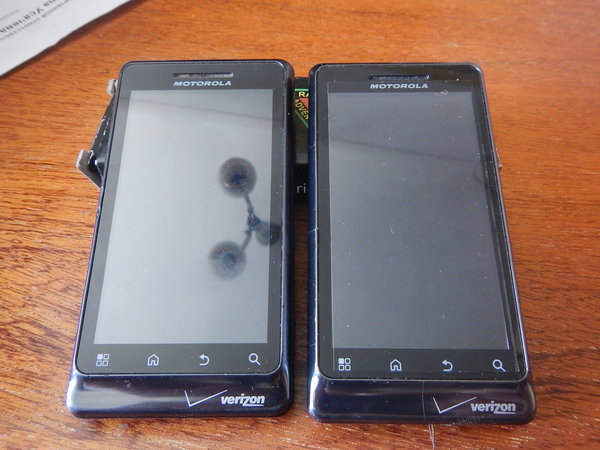Aortic stent-grafts: Endoleak surveillance - ScienceDirect.
Endovascular aneurysm repair (EVAR) is a minimally invasive technique to repair abdominal aortic aneurysms (AAAs) that has emerged as an alternative to open aneurysm repair. 1 EVAR, however, is complicated by endoleaks in 20 to 25% of patients. 2, 3 There are five different types of endoleaks, which are classified based by the source of vessels that causes the inflow into the aneurysm sac.Since its introduction nearly 20 years ago, 1 endovascular aneurysm repair (EVAR) has emerged as an increasingly utilized minimally invasive alternative to surgical repair of abdominal aortic aneurysms. Although EVAR has been associated with reduced mortality compared with open surgical intervention, 2, 3 patients undergoing EVAR encounter unique complications such as endoleaks.OBJECTIVE. With increasing use of endovascular techniques for repair of abdominal aortic aneurysms, the prevalence of leakage into excluded aneurysm sacs (endoleaks) as a complication has risen. We.
Endoleak classification. A three-part classifica-tion system was developed to describe aortic aneurysm endoleaks. An anatomic classification describes the site of origin and outflow status of the endoleak. Endoleaks can originate from the proxi-mal, distal, or midgraft segment of an endovascular device or from the contralateral iliac artery.In accordance with the classification system that exists for endoleak formation after stent-graft repair of abdominal aortic aneurysms, we classified type 1a leaks as persistent flow around an imperfect proximal seal and through the patent PIT, and type 2 leaks as false lumen perfusion involving retrograde flow through branch vessels such as.
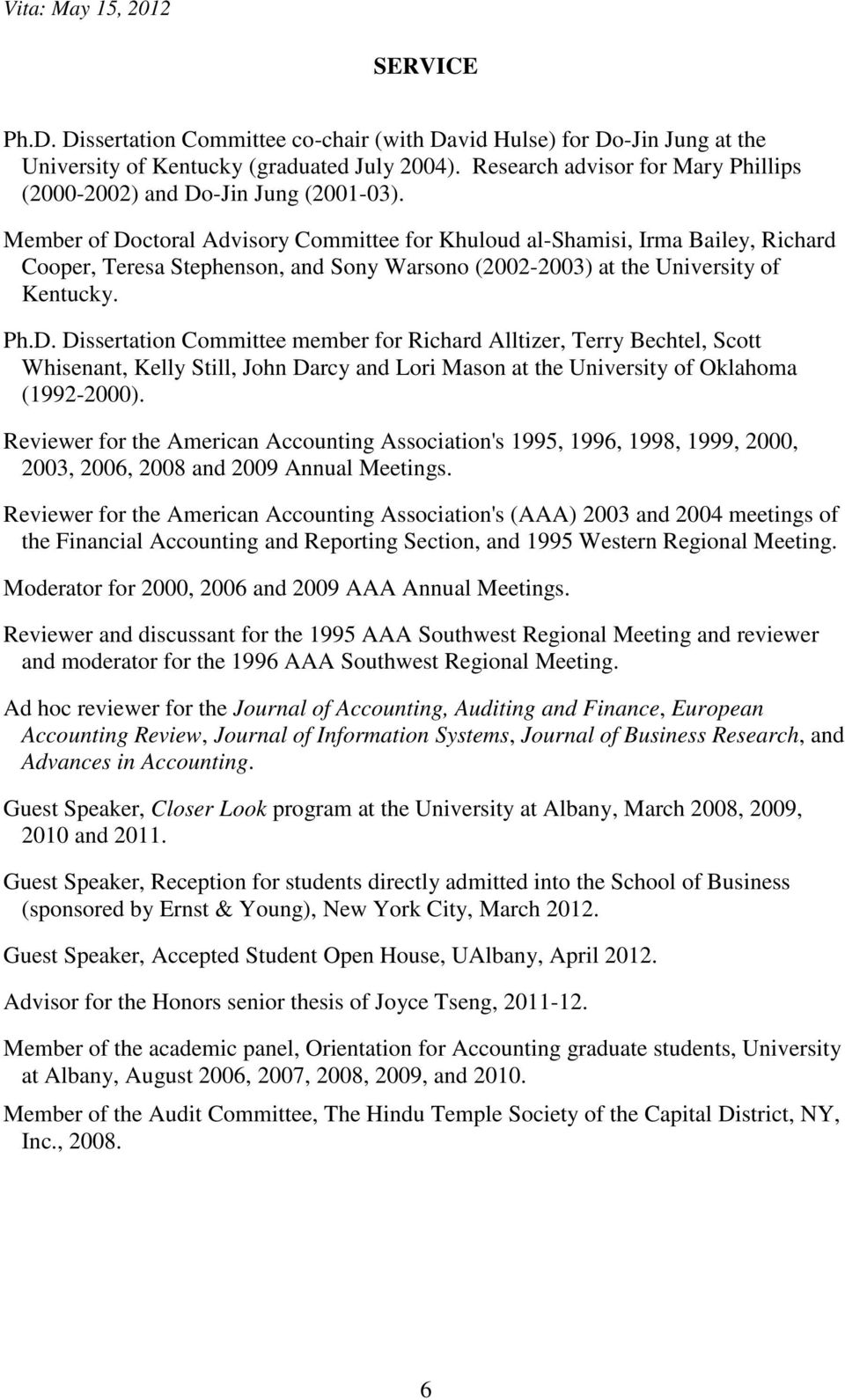
CT images of a 68-year-old man treated with TEVAR for descending aortic aneurysm and developed type 2 endoleak. Perfusion of the aneurysm sac ( a, curved arrow ) was demonstrated and the culprit.
